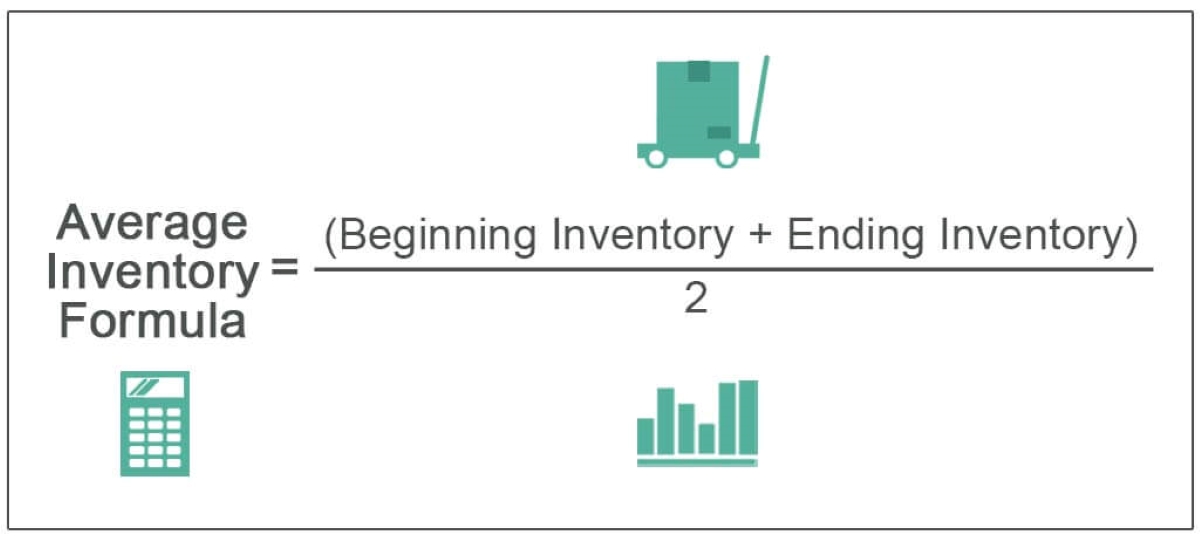Home>Finance>Average Ticket: Definition And How To Calculate Ticket Size


Finance
Average Ticket: Definition And How To Calculate Ticket Size
Published: October 11, 2023
Discover the meaning of average ticket in finance and learn how to calculate ticket size. Enhance your financial knowledge with this comprehensive guide.
(Many of the links in this article redirect to a specific reviewed product. Your purchase of these products through affiliate links helps to generate commission for LiveWell, at no extra cost. Learn more)
Average Ticket: Definition and How to Calculate Ticket Size
Greetings, fellow finance enthusiasts! Today, we’re diving into the complex world of average ticket size and how it can impact your business’s financial success. Have you ever wondered how much revenue each customer generates on average? Or how to calculate this crucial metric? Well, wonder no more! In this blog post, we will define average ticket size and provide you with a step-by-step guide on how to calculate it. So, let’s get started!
Key Takeaways:
- Average ticket size is a metric that measures the amount of revenue generated per customer or transaction.
- By calculating average ticket size, businesses can gain insights into customer spending habits and the overall financial health of their operation.
Defining Average Ticket Size
Before we dive into the calculations, let’s clarify what average ticket size actually means. Average ticket size, also known as average transaction value, is a metric used to determine the average amount of money spent by customers in a single transaction. It helps businesses understand customer purchasing patterns, identify trends, and optimize pricing strategies.
The formula for calculating average ticket size is simple:
Average Ticket Size = Total Sales Revenue / Number of Transactions
Now that we know what average ticket size is and how to calculate it, let’s explore some practical examples:
Example 1: Retail Store
Imagine you own a retail store and want to measure the average amount your customers spend during each visit. Let’s say your store has generated $50,000 in sales revenue over 500 transactions in a given month. To calculate the average ticket size, divide the total sales revenue by the number of transactions:
Average Ticket Size = $50,000 / 500 = $100
Therefore, the average amount your customers spend per transaction is $100.
Example 2: Online Subscription Service
Now, let’s consider an online subscription service. Suppose your business has earned $200,000 in revenue from 1,000 monthly subscribers. To calculate the average ticket size, divide the total sales revenue by the number of subscribers:
Average Ticket Size = $200,000 / 1,000 = $200
Based on this calculation, the average amount your subscribers spend per month is $200.
Why is Average Ticket Size Important?
Understanding your business’s average ticket size can provide valuable insights into your customers’ purchasing behaviors and preferences. Here’s why it’s important:
- Pricing Strategy Optimization: By analyzing your average ticket size, you can determine whether your prices are too high or too low. Adjusting your pricing strategies according to customer spending habits can help optimize your revenue.
- Upselling and Cross-Selling Opportunities: By knowing the average amount customers spend, you can identify opportunities to upsell or cross-sell additional products or services, maximizing sales per transaction.
- Financial Health Assessment: Average ticket size can indicate the overall financial health of your business. Monitoring this metric over time allows you to track trends and make informed financial decisions.
The Bottom Line
Average ticket size is a crucial metric for businesses to measure and understand. By calculating this metric, you can gain valuable insights into customer purchasing patterns, optimize pricing strategies, and assess the financial health of your business. Remember, tracking and analyzing your average ticket size over time can help you make data-driven decisions and ensure long-term financial success. So, start crunching those numbers and unlock the power of average ticket size for your business!














